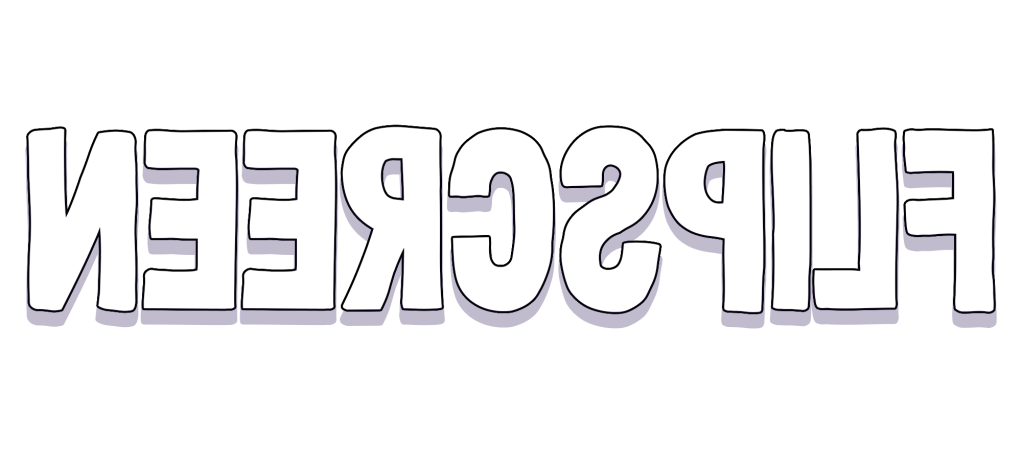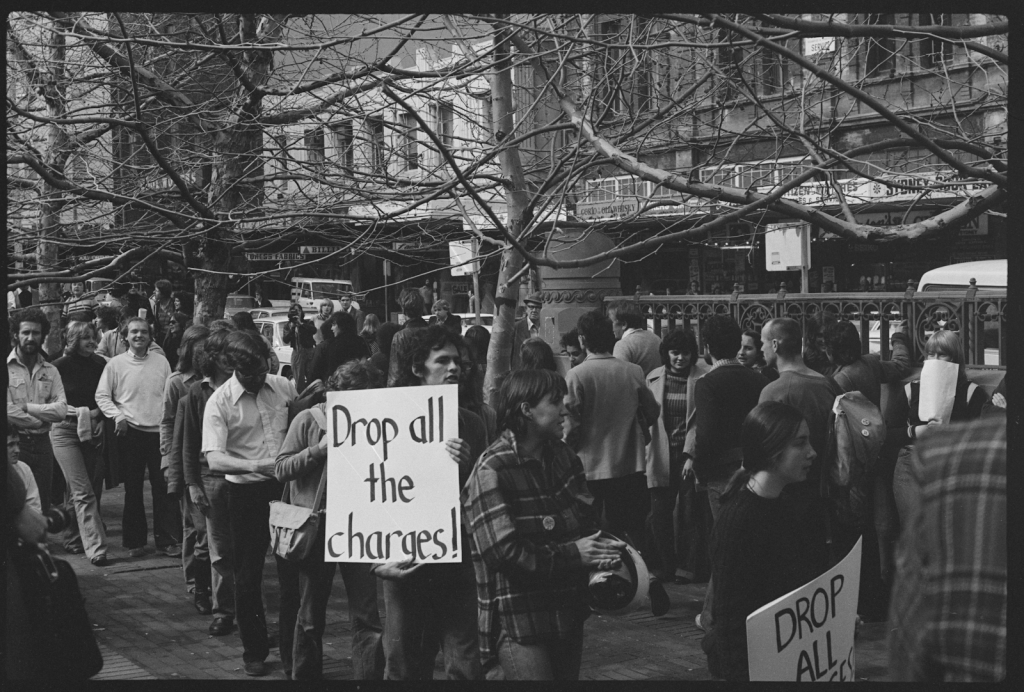For all of modern American cinema’s celebration and elevation of gay & trans voices, the very lifespan of “modern” American LGBTQ film only goes back about 60 years. More recently, American queer film has attracted mainstream attention, but the question remains- what was LGBTQ film like before the Gay Liberation movement? What did young queer people see of themselves when they went to the movies?
In 1934, the Motion Picture Production Code was implemented in Hollywood, under the jurisdiction of the Motion Picture Producers and Distributors of America (MPPDA). It was a set of moral censorship guidelines for the American filmmaking industry, and was effective in place until 1968. There are several reprehensible facets to the Code, but the one most relevant here is Section 2 – titled simply “Sex” – Item 4: “Sex Perversion, or any inference to it, is forbidden.” While this does not explicitly forbid filmmakers from the use of homosexual characters in a narrative, the implication is transparent enough. Any positive gay representation was clearly made impossible. So, in the 3-odd decades between the Code’s installment and abandonment, what did homosexuality look like on film?
There were two primary avenues taken by filmmakers wishing to take gayness to the screen. One, most easily researched, is bona fide Hollywood: silver screen, box office film, released by a major production company to mainstream cinemas. The other is independent film, released to small arthouse cinemas, or not at all.
Examining the first, mainstream film had to take a much subtler avenue towards homosexual representation with the Hays Code lingering ever-present above the heads of filmmakers. The Maltese Falcon (1941) is one such film – in the book on which the movie was based, Joel Cairo (Peter Lorre), a crooked businessman, is an openly gay man. Upon adaptation to the screen, however, the Code posed an impasse. Director John Huston instead chose to imply Cairo’s homosexuality through the use of a cane, repeatedly brought to his mouth, something that basic analysis identifies as a phallic object. The implications of this were much bigger than simply a gay man on film, though. Joel Cairo is irrefutably the ‘bad guy’ of The Maltese Falcon, and is commonly believed to be the first example of an explicitly gay-coded villain in American film.
The creation of this stereotype was rooted in homophobia, but also in virtuous intentions perverted unintentionally. Since the code mandated that the only way to portray queer people was as villainous, then filmmakers had no other option than to acquiesce. Other characters continued to strengthen this stereotype: Alfred Hitchcock’s 1951 film Strangers On a Train’s Bruno Anthony (Robert Walker) is another prime example of “homosexual” traits exhibited in an antagonist. These portrayals were a double-edged sword: representation at the cost of dehumanization.
Moving into the 1960s, representation began to broaden: the Code had lost a lawsuit in 1952 (Joseph Burstyn, Inc. v. Wilson), which reversed an earlier decision that film did not fall under the protection of the First Amendment. During this period, homosexual characters began to be more overtly so, yet still relied heavily on subtext – the censorship of Hollywood would still prevail well into the next decade.
The Children’s Hour (1961) was one of the most explicitly lesbian films brought to cinemas in this era. Not only did it star A-list, well known actress Audrey Hepburn, it barely leaned on subtext at all: the nature of the relationship between the two stars is not only the subject of the film, but also undisputedly homosexual. Karen Wright (Hepburn) and Martha Dobie (Shirley MacLaine) are lesbians, in love, and deeply emotionally attached to one another. The standard caricature of the age is nearly invisible here, making this William Wyler feature a standout.
On the contrary, subtext defines the sexuality of T. E. Lawrence in David Lean’s Lawrence of Arabia (1962), a film commonly referenced as one of the best pieces of visual media of all time. Lean implied not only the queer nature of Lawrence (Peter O’Toole), but a homosexual relationship between him and companion Sherif Ali (Omar Sharif). Despite this, the term ‘homosexual’ was not used in a mainstream American film until 1964, where a minor character in The Best Man (dir. Franklin J. Schaffner) was accused of homosexuality.
Later, the 1960s saw an increase in the number of queer and queer-baited characters in mainstream film. The Stonewall Riots and other earlier Gay Liberation protests caught the eye of Hollywood, identifying LGBTQ communities as a ‘brand-new’ consumer demographic for corporate film. Such was the apparent end for the need for gay subtext in Hollywood filmmaking – but this ‘end’ did not substantiate the true end of its use. Films like Bad Girls Go to Hell, Faster, Pussycat! Kill! Kill! (both 1965), and The Fox (1967) illustrate the embryo of the ‘curable lesbian’ trope – not to the chagrin of most gay male filmmakers, whose concern was devoted primarily to their own cause against illustrating gay men as predatory or perverse. Even since the 1960s, explicitly queer filmmaking has seen obstacles from major production companies, Academy Awards, and audiences alike, but that absolutely does not mean that progress has not been made since 1934 – when same-sex attraction was reduced to the epithet of “Sex Perversion.”
However, a much different approach must be taken to examining independent queer filmmaking. The fundamental difference was a lack of censorship: personal projects saw little to no oversight from production companies, and without the need for release through official channels, independent film rarely passed under the examining eye of the MPPDA. Fireworks (1947), the first film by well-known gay filmmaker Kenneth Anger, was one such piece: the fourteen-minute short is an independent masterpiece of homoerotic surrealism. In it, a young man affiliates with Navy sailors until they turn on him and beat him to death, revealing a ticking bomb in place of his heart. The film’s shocking amount of homosexual innuendo would never have made it past the ever-present Hays code. However, this type of content is gay history incarnate – Anger’s clear portrayal of the deep fear a gay person would have felt in 1940s America is beautifully gut-wrenching and poignant. Fragment of Seeking, also 1947, both starring and directed by Curtis Harrington, carries a similar message: a sixteen-minute independent short film about a young man deeply shaken by his clearly homosexual desires. Again, the use of surrealist imagery is adopted to convey the disquiet many young gay individuals felt in a society that rejected the fundamentals of their existence.
Towards the late 50s and early 60s, independent American filmmaking became one of the few spaces where LGBTQ issues and relationships were explored openly and without caricature. Figures like Andy Warhol and Kenneth Anger (again) dominated gay experimental film with pieces like Kiss (1963), My Hustler (1966), and Scorpio Rising (1963).
Behind Every Good Man (1967), directed by Nikolai Ursin, is a masterful mini documentary about a Black transgender woman living in Los Angeles in the late 60s. The piece delivers an intimate look at the life of Black trans women pre-‘liberation’. “There was this time I was out at a gas station in west LA,” says the unnamed star, over a montage of her dressing for the day. “And I decided to go in the mens’ room. Not because I am a man, but because I wanted to go in the mens’ room, period.”
Another documentary on the experiences of transgender women pre-Stonewall is Queens at Heart, a 1967 piece with no credited director. It follows four trans women being interviewed on their sexual experiences with men. The interviewer is a fumbling, transphobic man, but Queens at Heart is still a valuable piece of trans film history: the fierceness with which the subjects of the interview respond to ignorant questions is inspiring, heartwarming, and hilarious. While much of LGBTQ history before the Gay Liberation movement is portrayed as full of fear and repression, many of these mini documentaries prove otherwise: the perseverence and candor of trans women is no post-Stonewall phenomenon.
Gone wrong and gone right, film remains one of the most valuable artistic mediums in queer American history. Whether it be preserving it, twisting it, portraying it or making it, movies have seen LGBTQ representation evolve from villainy or underground fear to pride, joy, and the celebration of queer life, even when the censorship of mainstream media prevented the positive portrayal of gay, lesbian or trans people on the big screen for nearly 3 decades. The work done by filmmakers in this often-forgotten era of American movies laid the groundwork for later movements, most prominently New Queer Cinema, a movement of the 1990s that saw the expression of LGBTQ filmmakers reach new heights, especially artists of color whose voices had been previously oppressed – both by the racism of mainstream film and white homosexual individuals.
2020 should be the same: an uplifting of the voices of BIPOC within lesbian, gay and transgender communities. The history of these identities in America would not be nearly as rich, powerful, and documented without gay & transgender people of color. During this time, we must care for each other, uplift oppressed voices, and remember: not that long ago, the first brick was thrown by a Black trans woman.


![Joel Cairo [Peter Lorre] is holding a cane and is standing behind Kasper Gutman [Sydney Greenstreet]. Both are looking off screen and wear stern and displeased expressions](https://flipscreenblog.files.wordpress.com/2020/07/1d7cf423-dd27-4f1b-8505-33724b6125eb.png?w=576)
![Dr. Joe Cardin [James Garner] stands behind Karen Wright [Audrey Hepburn], holding her firmly by her upper arms. Martha Dobie [Shirley MacLaine] stands to their left. All three have firm and displeased expressions.](https://flipscreenblog.files.wordpress.com/2020/07/adf4eba5-8f46-47be-8c14-4bfc6fc5b14e.png?w=674)

Leave a comment